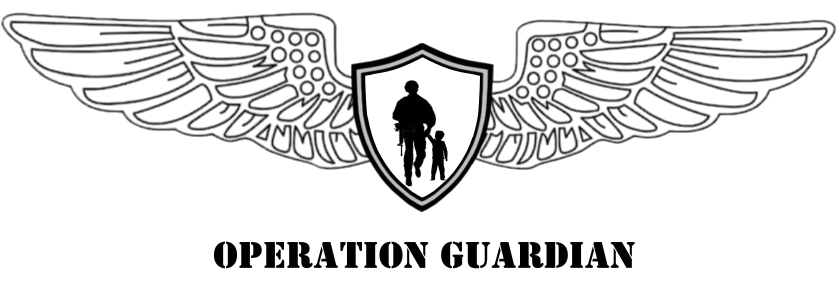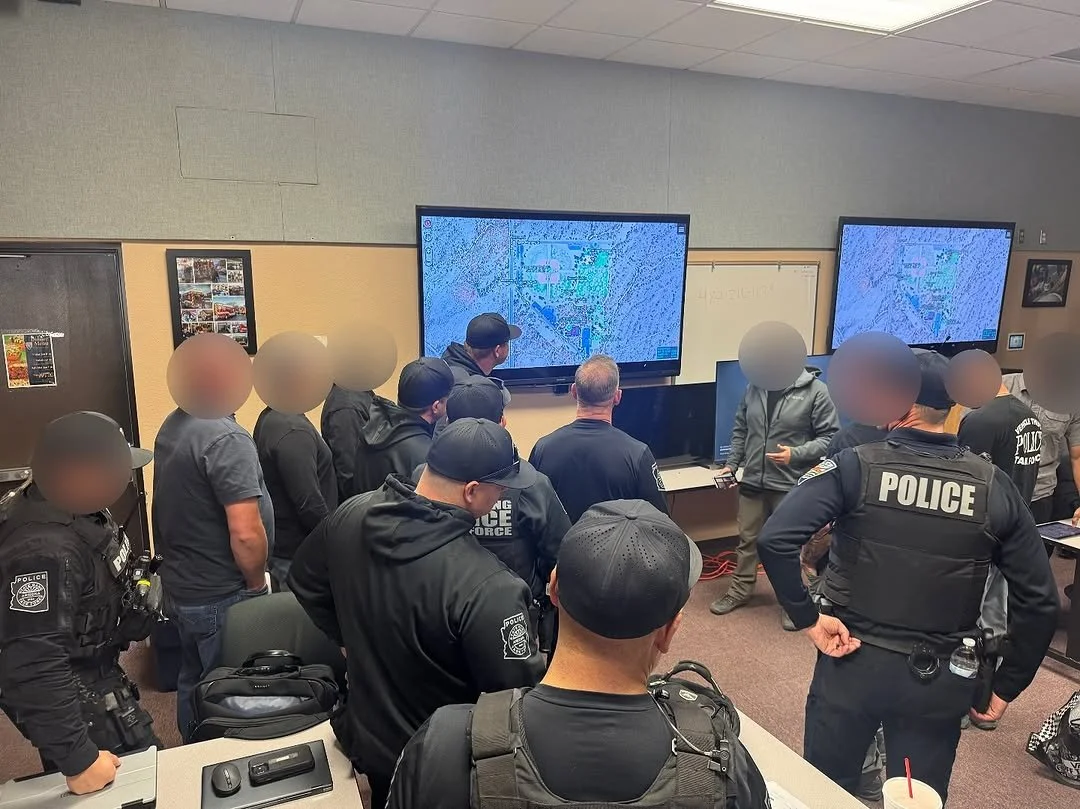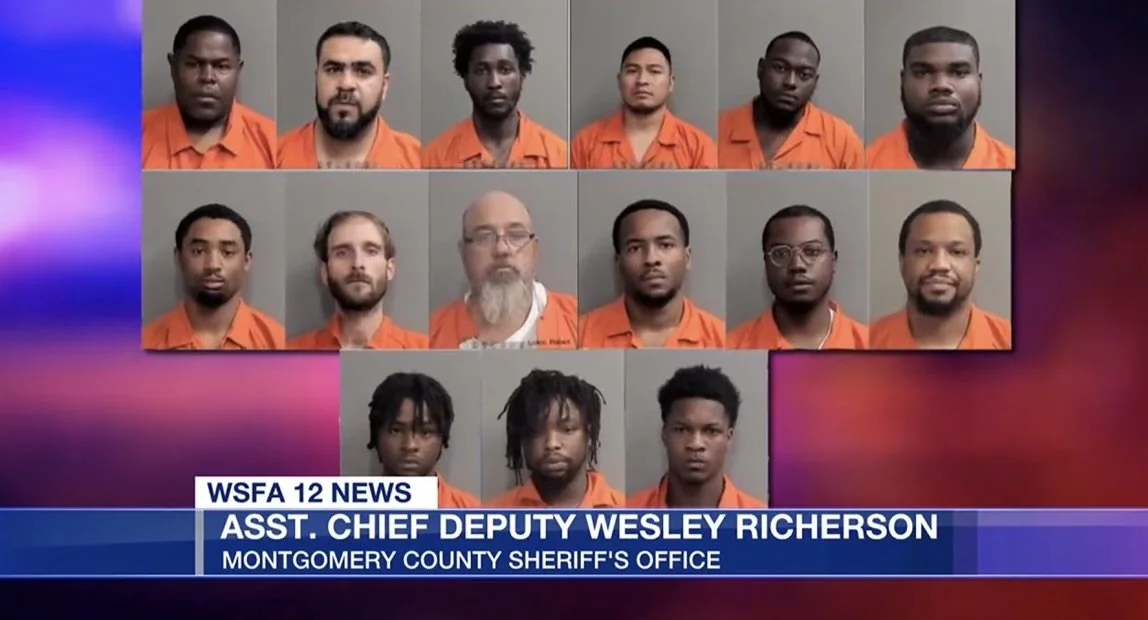Darkhorse conducts nationwide counter-human trafficking and child exploitation missions—supporting law enforcement with personnel, ISR, intelligence, and training.
This is OPERATION: Guardian
mission:
Darkhorse is committed to combating child exploitation and human trafficking across the United States by directly supporting local, state, and federal law enforcement agencies through specialized personnel, advanced intelligence, and mission-critical resources. Our efforts include providing reconnaissance, decoys, aviation (ISR), medical support, trained law enforcement officers, secure communications, and financial assistance as part of Joint Task Forces. With over 46 arrests to date and ongoing monthly operations in Arizona, we are rapidly expanding into additional states to maximize impact. In parallel, we are developing a comprehensive rehabilitation program set to launch in 2026–27 to support survivors of human trafficking. Beyond field operations, we strengthen community safety by offering free, high-level training to law enforcement in areas such as active shooter response, tactical medicine, drone operations, ATAK communications, mission planning, and counter-drone defense. We also work closely with agencies to shape legislation that protects the public from the growing threat of drone-based criminal activity. Our mission is clear: to protect the vulnerable, empower those who serve, and create safer communities through relentless action and unwavering support.
Operation Guardian teams include:
Badged Special Agents: Certified SOF and law enforcement veterans authorized for specialized LE actions.
Intel Analysts: Trained volunteers use OSINT to support law enforcement with real-time intelligence.
Command & Control: Teams deploy Tactical Operations Centers with ATAK and SATCOM-enabled ISR feeds.
Communications Experts: Military and software specialists manage secure data and intel distribution.
ISR Assets: Real-time surveillance is provided via manned aircraft, drones, and covert cameras.





